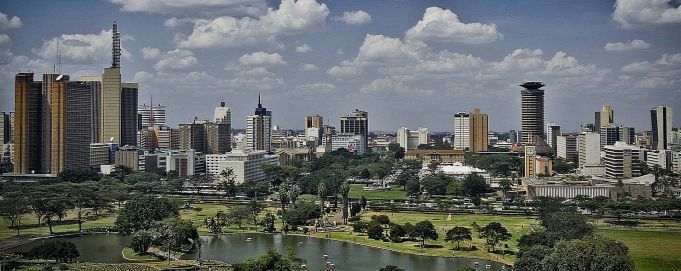Where to live in Nairobi
Nairobi is a busy modern city of between three and four million people and it is the de facto commercial capital of East Africa.
Most businesses are headquartered in the city centre or in the industrial area to the southeast.
Country and regional offices for the many international humanitarian organisations stationed here cluster in the leafy suburbs to the west. The United Nations compound is to the northwest.
These areas are also where most expatriates and well-off Kenyans have made their base, although some people choose to live further out, in the rural enclave of Karen/Langata 20 km southwest of the centre. The local Indian/Asian population is concentrated to the north of the city centre, while low and middle-income Kenyans and immigrants from surrounding countries generally live in the south and east.
There are also a number of slums including Kibera, home to an estimated one million people, which is located just south of Ngong Road southwest of the city centre, and Mathare off Thika Road to the northeast. These areas became flashpoints for violence and clashes with police in early 2008 in the wake of disputed presidential elections.
Other parts of the city affected by the unrest included the central business district (CBD) due to its proximity to Uhuru Park, the venue for anti-government protests, and the industrial area to the south.
The poverty gap in Nairobi is extreme and has given rise to a soaring crime problem, as well as to a booming private security industry; most high-income accommodation has 24-hour guards (called 'askari'), and tight surveillance.
There is a good choice of housing in a variety of styles – new-build apartments, bungalows, semi-detached or detached villas in their own plots of land – but rents, like almost everything else in Nairobi, are expensive.
For shopping there are plenty of modern shopping malls and supermarkets, especially in upmarket areas; basic items such as bread, milk, fresh fruit and bottled water can be bought easily and cheaply from locally run wooden shack stores called 'dukas' all over town.
In addition roads especially in the leafy suburbs are lined with nurseries selling all manner of local plants, which thrive in Nairobi's equable climate.
Nairobi is well served by a large network of buses and 14-seater Nissan minivans called 'matatus'; fares are cheap (usually Ksh30-50, with a Ksh10 surcharge during rush hour, when traffic is heavy), but matatus are often in poor condition, are driven fast and can be dangerous.
Taxis are plentiful but more expensive, and expatriates on long-term contracts generally buy their own car. (See also 'Relocating to Nairobi' in the articles section for further information.)
Text: Mike Pflanz and Laura Clarke, lauragclarke@gmail.com.
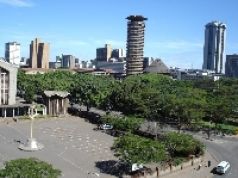
The city centre can be divided into two parts: the modern central business district (CBD), bounded b...
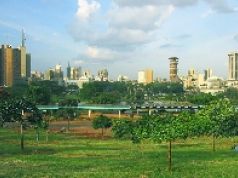
This mixed-income African area due east of the city centre has expanded in recent decades. At its he...
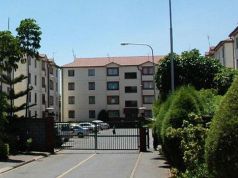
This area roughly 15 km to the southeast of the city centre includes Nyayo estate and Avenue Park....
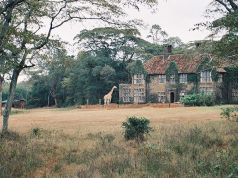
Once home to “Out of Africa” author Karen Blixen, who lends the suburb its name, Karen is 20 km sout...
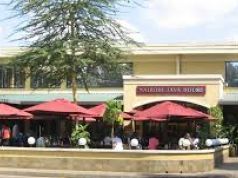
Kileleshwa is quieter and greener than Kilimani, Hurlingham or Ngong Road and more of the 1950s and...
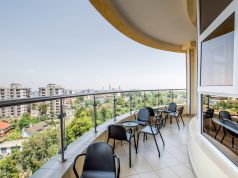
These busy areas bounded by Dennis Pritt Road to the north and Ngong Road to the south host many of...
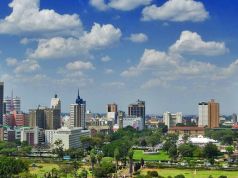
Lavington is a green haven lying halfway between the busier areas of Hurlingham and Westlands. Here...
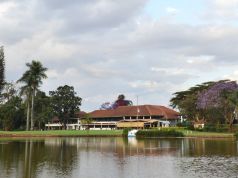
Four kilometres north of the city centre, Muthaiga is Nairobi’s long-established Beverly Hills It l...
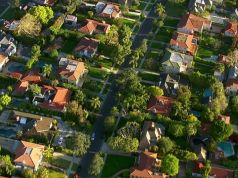
Located due south of the city centre near Wilson airport, Nairobi’s second airport serving domestic...
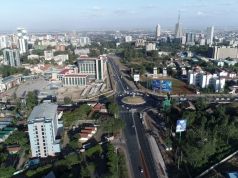
On the slopes of the enchanting Ngong hills some 22 km southwest of Nairobi, Ngong is a striking mix...
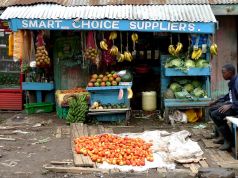
Pangani, northeast of the city centre, has undergone major changes recently as many of its original...
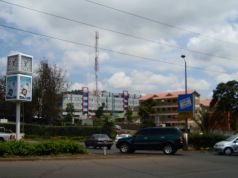
Parklands, due north of the city centre, is traditionally an Indian/Asian zone. The area is dotted...
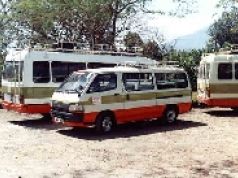
Riverside is Lavington’s slightly more upmarket cousin, which real estate agents term “exclusive liv...
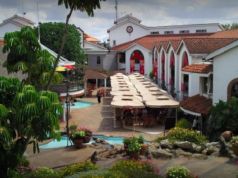
Separated from Nairobi city centre by the 2,500-acre Karura Forest and several low, wooded hills, Gi...
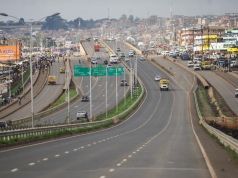
Thika Road running northeast out of the city centre supports a number of very different estates over...
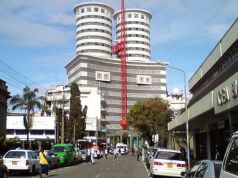
Westlands is traditionally Nairobi’s social and entertainment centre for expatriates and wealthy Ken...


